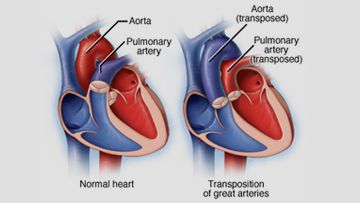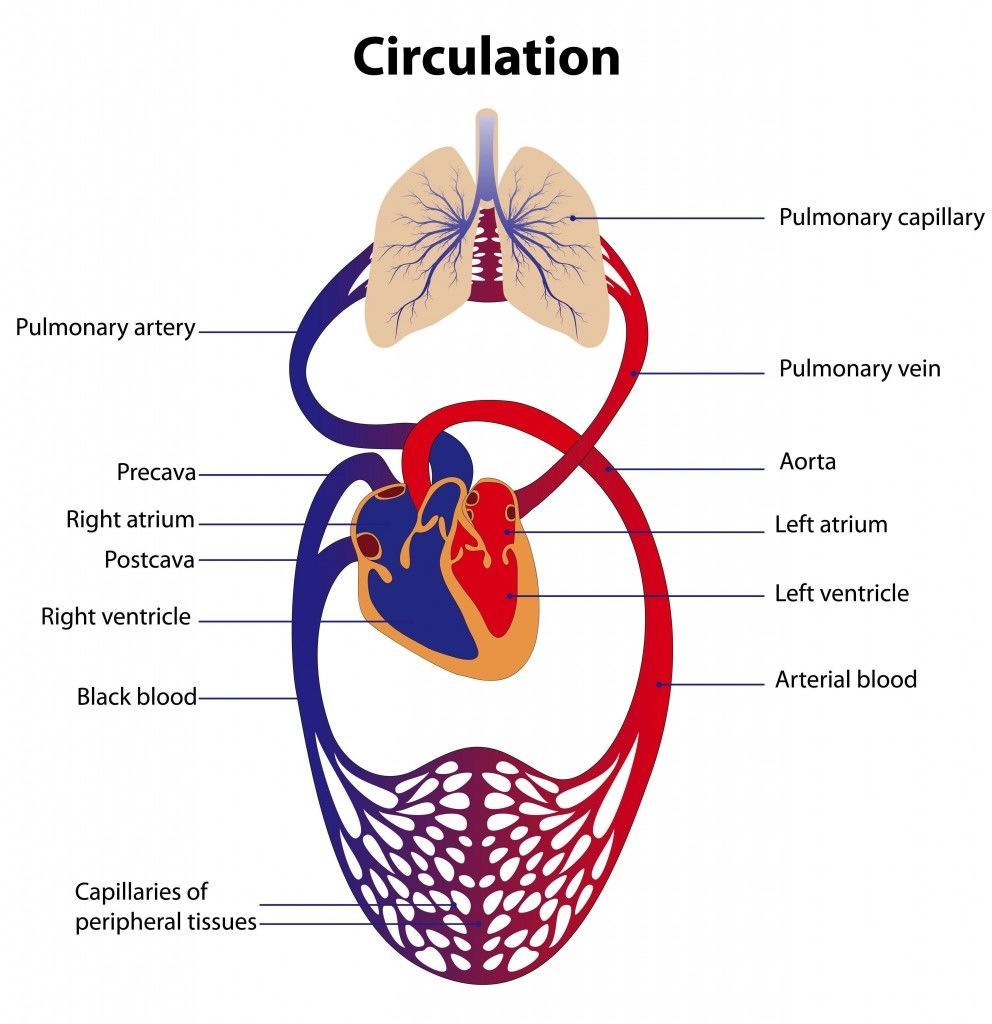
The Story of Emma Rose – the Long and Short of It
The story of Emma Rose overview of the entire story. A quick synopsis of what happened and what the overall story is about.
This podcast will be a series of short podcast updating this unfolding story of Emma and dealing with Transposition of the Great Arteries. The topics that will be covered thus far, are as follows;
- Her name is Emma Rose
- Birth… Life and Death
- The Hospital
- Transporter
- The Hospital part 2
- Tent City – No where to stay
- Organ Failure
- Cerebral Cortex
- Daddies don’t matter
- The Medical Team
No one ask to be placed in dificult circumstances. Life is a series of ups and downs and all things being equal the longer the good times the tougher the hard times can potentially be. This was and is for sure a tough time to balance the best of times.
How would you handle seeing your baby for the first time hooked up to a machine fighting for her life? A child not knowing what life is all about but to your knowing that this tiny person is an extension of you and is hurting in a way they cant understand.
The thoughts that flow through your mind is that the first feeling your child had in this life is pain.
The long and short of the story of Emma Rose talks about the overview of her birth, the medical emergency and all the issues that had to be dealt with to save her life.
Listen in on the podcast and if you have any questions please do not hesitate to ask as we will have a question and answer time for those who would like to know more about this story.
Transposition of the great arteries

– a serious but rare heart defect present at birth (congenital), in which the two main arteries leaving the heart are reversed (transposed).
occurs during fetal growth when your baby’s heart is developing. Why this defect occurs is unknown in most cases.
Normally, the pulmonary artery — which carries blood from your heart to your lungs to receive oxygen — is attached to the lower right chamber (right ventricle).
From your lungs, the oxygen-rich blood goes to your heart’s upper left chamber (left atrium), through the mitral valve into the lower left chamber (left ventricle). The aorta is normally attached to the left ventricle. It carries oxygen-rich blood out of your heart back to the rest of your body.
In transposition of the great arteries, the positions of the pulmonary artery and the aorta are switched. The pulmonary artery is connected to the left ventricle, and the aorta is connected to the right ventricle.
Oxygen-poor blood circulates through the right side of the heart and back to the body without passing through the lungs. Oxygen-rich blood circulates through the left side of the heart and directly back into the lungs without being circulated to the rest of the body.
Circulation of oxygen-poor blood through the body causes the skin to have a blue tint (cyanosis). Because of this, transposition of the great arteries is called a cyanotic congenital heart defect.
Atrial Septal Defect

a birth defect of the heart in which there is a hole in the wall (septum) that divides the upper chambers (atria) of the heart.
A hole can vary in size and may close on its own or may require surgery. An atrial septal defect is one type of congenital heart defect. Congenital means present at birth.
As a baby’s heart develops during pregnancy, there are normally several openings in the wall dividing the upper chambers of the heart (atria). These usually close during pregnancy or shortly after birth.
If one of these openings does not close, a hole is left, and it is called an atrial septal defect. The hole increases the amount of blood that flows through the lungs and over time, it may cause damage to the blood vessels in the lungs. Damage to the blood vessels in the lungs may cause problems in adulthood, such as high blood pressure in the lungs and heart failure. Other problems may include abnormal heartbeat, and increased risk of stroke.
The circulatory System

The blood circulatory system (cardiovascular system) delivers nutrients and oxygen to all cells in the body. It consists of the heart and the blood vessels running through the entire body. The arteries carry blood away from the heart; the veins carry it back to the heart. The system of blood vessels resembles a tree: The “trunk” – the main artery (aorta) – branches into large arteries, which lead to smaller and smaller vessels. The smallest arteries end in a network of tiny vessels known as the capillary network.
There isn’t only one blood circulatory system in the human body, but two, which are connected: The systemic circulation provides organs, tissues and cells with blood so that they get oxygen and other vital substances. The pulmonary circulation is where the fresh oxygen we breathe in enters the blood. At the same time, carbon dioxide is released from the blood.
leave a comment below, Listen in to the podcast and follow the journey



The story of Emma will impact many people lives , as they listen to how our sovereign God displayed his mercies that are new every morning over her life.